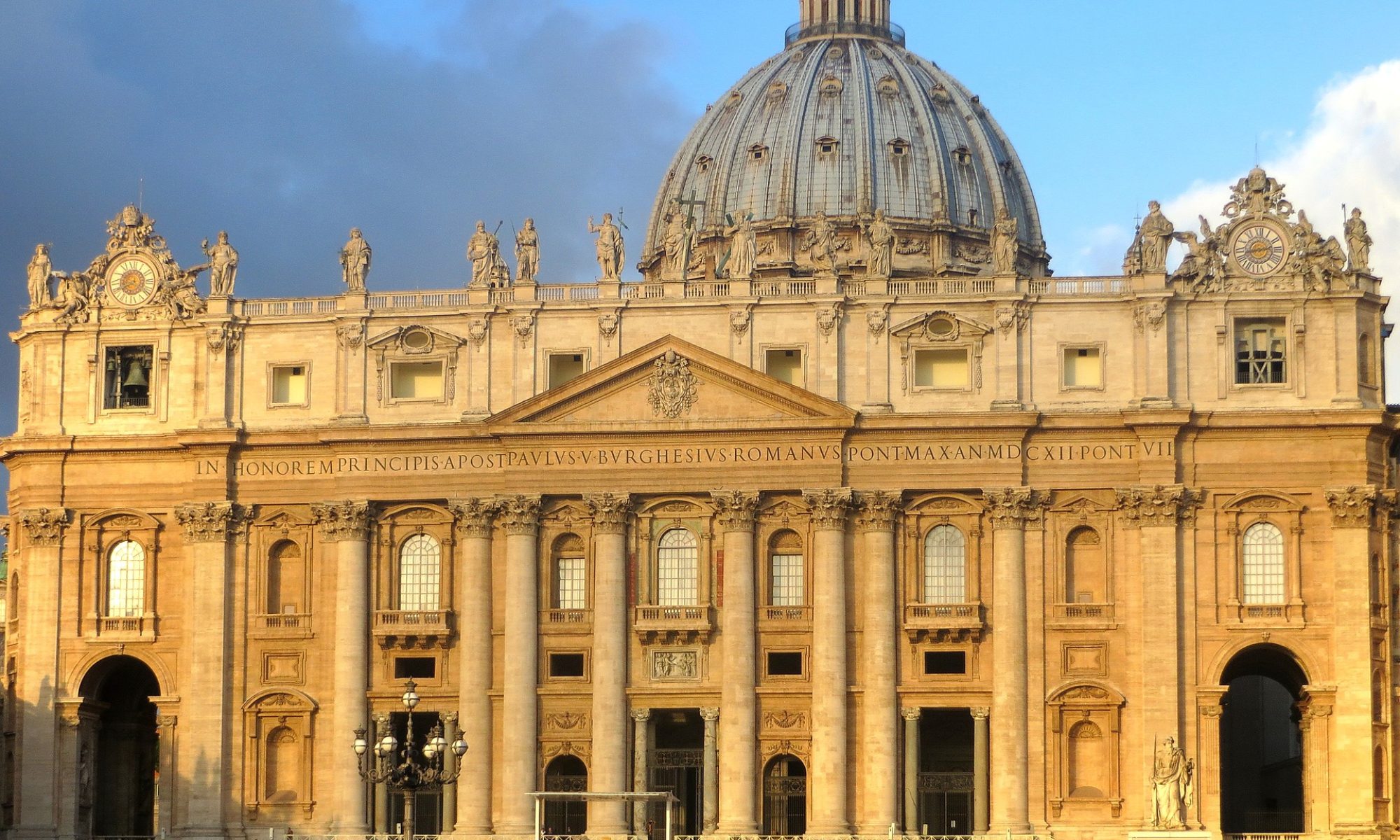Is there a specifically Roman Catholic way of doing theology? What are its defining marks? These questions form the background of a 36-page document recently released by the International Theological Commission (ITC). It took 8 years for the Commission to elaborate on it. This long gestation perhaps indicates the difficult task that ITC embarked in drafting the text entitled Theology Today: Perspectives, Principles and Criteria.
Since 1969 the role of the ITC has been to assist the Congregation for the Doctrine of the Faith in examining doctrinal questions and offering insights on various theological issues. The document is helpful because it provides an insider and succinct perspective on what theology as a whole looks like in Vatican eyes.
After observing that true Catholic theology reflects unity (not uniformity) in diversity (not fragmentation), the document stresses the fact that theology has three main features: “it arises from listening to the Word of God”, “it situates itself consciously and faithfully in the communion of the Church”, and “it is orientated to the service of God in the world”. The most interesting sections of the document are the first two in that they touch on sensitive theological issues that are crucial for other theological traditions as well.
1. A “Living” View of the Word of God
What strikes an Evangelical reader first and foremost is the prominent reference to the Word of God given in the document. In Catholic theology, the expression “Word of God” has a wide, elastic, and dynamic meaning, far beyond the contours of the written Word of the Bible. ICT reminds that Christianity is not a “religion of the book”, but a “religion of the word of God”. The former is “a written and mute word”, the latter is “the incarnate and living Word” (7). A sharp distinction is made between the written Word and the living Word as if the two could be possibly polarized. The Catholic Word contains both the Scriptures “as an inspired testimony to revelation” and “the Church’s living Tradition” (8). Scripture and Tradition constitute the “supreme rule of faith”.
ICT wants us to appreciate once more what is the standard Roman Catholic theology of the Word of God after Vatican II. The Bible is certainly important, but the Bible is only part of a wider and living Tradition that is proclaimed faithfully “only on the foundation of the apostles and in apostolic succession” (10). Both the doctrinal foundation laid by the apostles and the on-going apostolic ministry exercised by the hierarchy are necessary to have access to the Word of God. The Magisterium of the RC Church is therefore essential in order to have the full Word of God.
2. Tradition as the Word of God
The idea of Tradition is paramount for ICT and is perhaps the highest indicator of what it means for a theology to be Roman Catholic theology. Tradition is defined as a complex whole with various vital components: “a constantly renewed study of sacred Scripture, liturgical worship, attention to what the witnesses of faith have taught through the ages, catechesis fostering growth in faith, practical love of God and neighbor, structured ecclesial ministry and the service given by the magisterium to the Word of God” (26).
The whole Roman Catholic Church is inherently involved in Tradition. In a sense, the Church is so immersed in Tradition that it cannot possibly be corrected by the Scriptures. The Church is so inextricably a part of Tradition that the Bible cannot be above the Church. Since the Bible is part of Tradition and the Church is also part of Tradition, the Bible is submitted to the Tradition of which the Church is the present-day and living voice. In a telling statement, the ICT document says that “Scripture is the first member of the written tradition” (30), implying that there are other members of the same tradition which come after and which define tradition inasmuch as Scripture. The difference is that the “living” voice of the magisterium has the last say whereas the “written” one is just one of the past components of Tradition.
3. Theology and magisterium
It comes as no surprise to read that “fidelity to the Apostolic Tradition is a criterion of Catholic theology” (32). While research is encouraged in all directions, “dissent towards the magisterium has no place in Catholic theology” (41). The magisterium has been given the charisma veritatis certum (i.e. the sure charism of truth) to which theology must submit (33). The role of theology is therefore to investigate and articulate the faith of the Church, but it is the magisterium that “proclaims the faith and authentically interprets it” (38).
Theology Today offers an honest sketch of what it means doing theology the Roman Catholic way. Dei Verbum and Lumen Gentium (i.e. two foundational documents of Vatican II) are the main pillars as far as the doctrines of Revelation and the Church are concerned. The task of theology lies between the two. The document presents nothing new, but is just a restatement of post-Vatican II magisterial views and concerns.
Leonardo De Chirico
leonardo.dechirico@ifeditalia.org
Rome, 13th March 2012

